No Pedals, No Wheel: GM Unveils Bolt-based Autonomous Fleet

General Motors has showcased its plan to launch public ride-hailing services by teasing a self-driving vehicle with no manual controls whatsoever. The fleet is said to arrive in 2019, which gives us plenty of time to form an angry mob.
On Thursday, the company announced it had submitted a safety petition to the National Highway Traffic Safety Administration requesting that autonomous Chevrolet Bolts be allowed to operate on public roads without adhering to the Federal Motor Vehicle Safety Standards that pertain to actual driving.
If you’re asking yourself if this is even allowable, it is. The NHTSA’s updated autonomous safety guidance essentially gives automakers carte blanche to do whatever they want when it comes to autonomous testing. GM also said it filed the petition in conjunction with the Department of Transportation, meaning it’s probably going to get the green light on this.
When it does, the company plants to add up to 2,500 self-driving vehicles per year as part of an autonomous taxi service. The initial vehicle will be the Cruise AV, which is basically the Bolt without a steering wheel. As this is the first application of its kind, GM can frame this as test platform and take full advantage of the freshly relaxed standards of the Department of Transportation and NHTSA.
The automaker, however, promises it is pursuing safety relentlessly — releasing an extensive Self-Driving Safety Report for 2018. While the report reads like propaganda as much as it does a factual assessment of the company’s autonomous strategy, it does prove the automaker’s taking the matter seriously. Of course, being one of the first automakers to dive into a new market, there is no way it wouldn’t be.
“We’re seeking to maintain the same, equal safety but to achieve the safety objectives of some standards in a different way,” Paul Hemmersbaugh, a former chief counsel for NHTSA who now serves as chief counsel for GM’s mobility efforts, told Automotive News. “…we can’t achieve them without a human driver or without a steering wheel [under the current standards].”
As the images provided by General Motors are renderings (check out the odd alignment of the center stack), we don’t know if the pictured vehicle represents a functional prototype or something more conceptual. The final version of the Cruise AV may not look exactly like this but, based on what the company says, it won’t have driving controls of any kind.
That bothers us. It isn’t because we’re entirely adverse to autonomous functions; we think Cadillac’s SuperCruise system is borderline miraculous. But this sets a precedent for removing the driving element from cars altogether. It’s the first physical step in Bob Lutz’s doomsday scenario for driving — a dystopian society where the manual operation of an automobile becomes illegal. We thought it was pure conjecture, a hypothetical path that could take place in some far-off future after we are all dead and buried. But the groundwork is being established by one of the world’s largest automakers as early as next year.
No pedals? No Steering wheel? No thanks, GM.
[Image: General Motors]

A staunch consumer advocate tracking industry trends and regulation. Before joining TTAC, Matt spent a decade working for marketing and research firms based in NYC. Clients included several of the world’s largest automakers, global tire brands, and aftermarket part suppliers. Dissatisfied with the corporate world and resentful of having to wear suits everyday, he pivoted to writing about cars. Since then, that man has become an ardent supporter of the right-to-repair movement, been interviewed on the auto industry by national radio broadcasts, driven more rental cars than anyone ever should, participated in amateur rallying events, and received the requisite minimum training as sanctioned by the SCCA. Handy with a wrench, Matt grew up surrounded by Detroit auto workers and managed to get a pizza delivery job before he was legally eligible. He later found himself driving box trucks through Manhattan, guaranteeing future sympathy for actual truckers. He continues to conduct research pertaining to the automotive sector as an independent contractor and has since moved back to his native Michigan, closer to where the cars are born. A contrarian, Matt claims to prefer understeer — stating that front and all-wheel drive vehicles cater best to his driving style.
More by Matt Posky
Latest Car Reviews
Read moreLatest Product Reviews
Read moreRecent Comments
- SCE to AUX Over the last 15 years and half a dozen vehicles, my Hyundais and Kias have been pretty cheap to maintain and insure - gas, hybrid, and electric.I hate buying tires - whose cost goes by diameter - and I'm dreading the purchase of new 19s for the Santa Fe.I also have an 08 Rabbit in my fleet, which is not cheap to fix.But I do my own wrenching, so that's the biggest factor.
- MaintenanceCosts '19 Chevy Bolt: Next to nothing. A 12v battery and a couple cabin air filters. $400 over five years.'16 Highlander Hybrid, bought in 2019: A new set of brakes at all four corners, a new PCV valve, several oil changes, and two new 12v batteries (to be fair, the second one wasn't the car's fault - I had the misfortune of leaving it for a month with both third-row interior lights stealthily turned on by my kid). Total costs around $2500 over five years. Coming due: tires.'11 BMW 335i, bought in late 2022: A new HID low beam bulb (requiring removal of the front fascia, which I paid to have done), a new set of spark plugs, replacements for several flaking soft-touch parts, and two oil changes. Total costs around $1600 over a year and a half. Coming due: front main seal (slow leak).'95 Acura Legend, bought in 2015: Almost complete steering and suspension overhauls, timing belt and water pump, new rear brakes, new wheels and tires, new radiator, new coolant hoses throughout, new valve cover gaskets, new PS hoses, new EGR valve assembly, new power antenna, professional paint correction, and quite a few oil changes. Total costs around $12k over nine years. Coming due: timing belt (again), front diff seal.
- SCE to AUX Given this choice - I'd take the Honda Civic Sport Hatchback (CVT). I 'built' mine for $28777.To my eye, the Civic beats the Corolla on looks these days.But for the same money, I can get an Elantra N-Line with 7-speed DCT, 201 HP, and good fuel economy, so I'd rather go for that.
- Dr.Nick The cars seem really expensive with tight back seats and Cadillac was on the list of the highest price gouging dealers coming out of COVID. I don’t understand the combination, shouldn’t they be offering deals if they are not selling?
- Dr.Nick Too bad the Turbo XT isn’t coming. The Outback Turbo is not bad at all, would be a lot of fun in the shorter Forester.
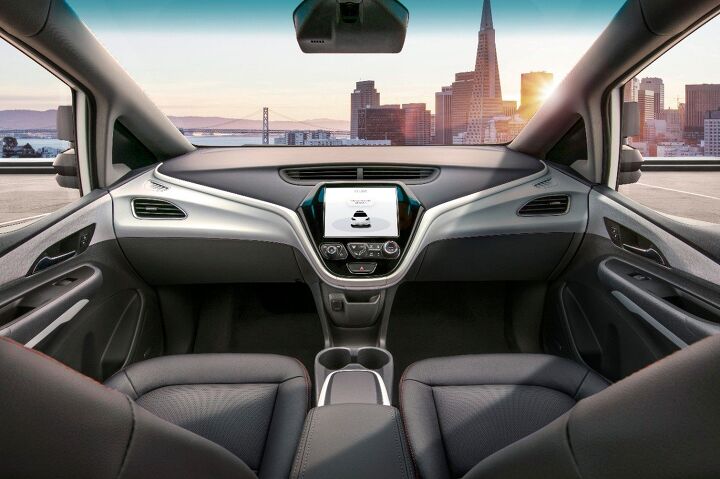
















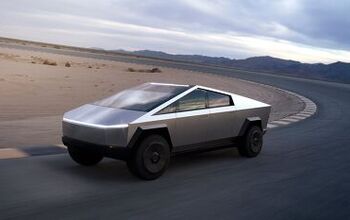
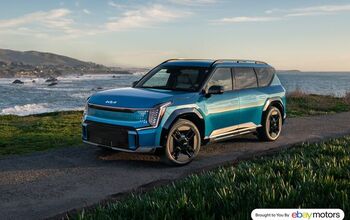
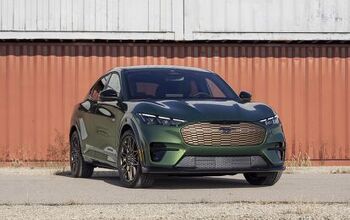


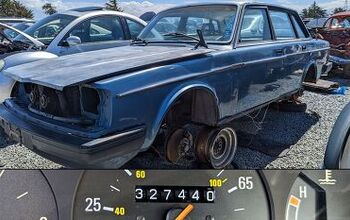

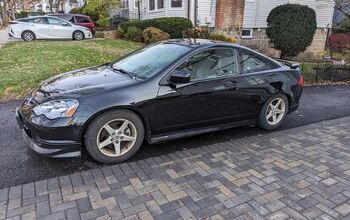
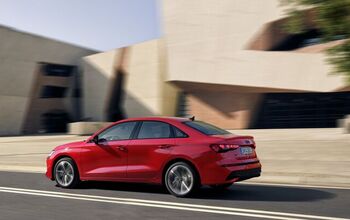

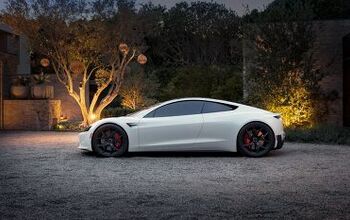
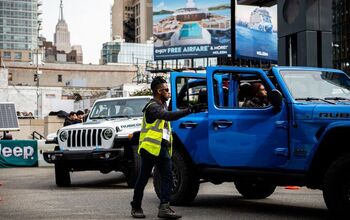
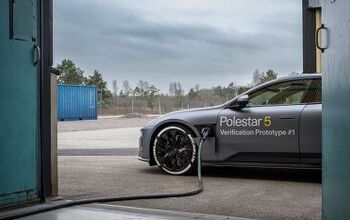

Comments
Join the conversation
Who here has noticed a pilot manually flying landing plane? It happens all the time because a computer can't be programmed to react to complicated wind conditions. Modern aircraft have technology that works way better than the current camera, radar and laser systems that are being used to try and automate cars. With all that excellent technology, pilots still have to take over on a regular basis. Why we would think that autonomous vehicle technology is anywhere near the point that you could go away from a human override is beyond me.
And what does the passenger do if the system screws up? You'd think they would at least put in a brake pedal to allow for a manual panic stop. I seem to remember that public transportation has some sort of pull cord to stop the vehicle in an emergency (or to signal an upcoming unscheduled stop.